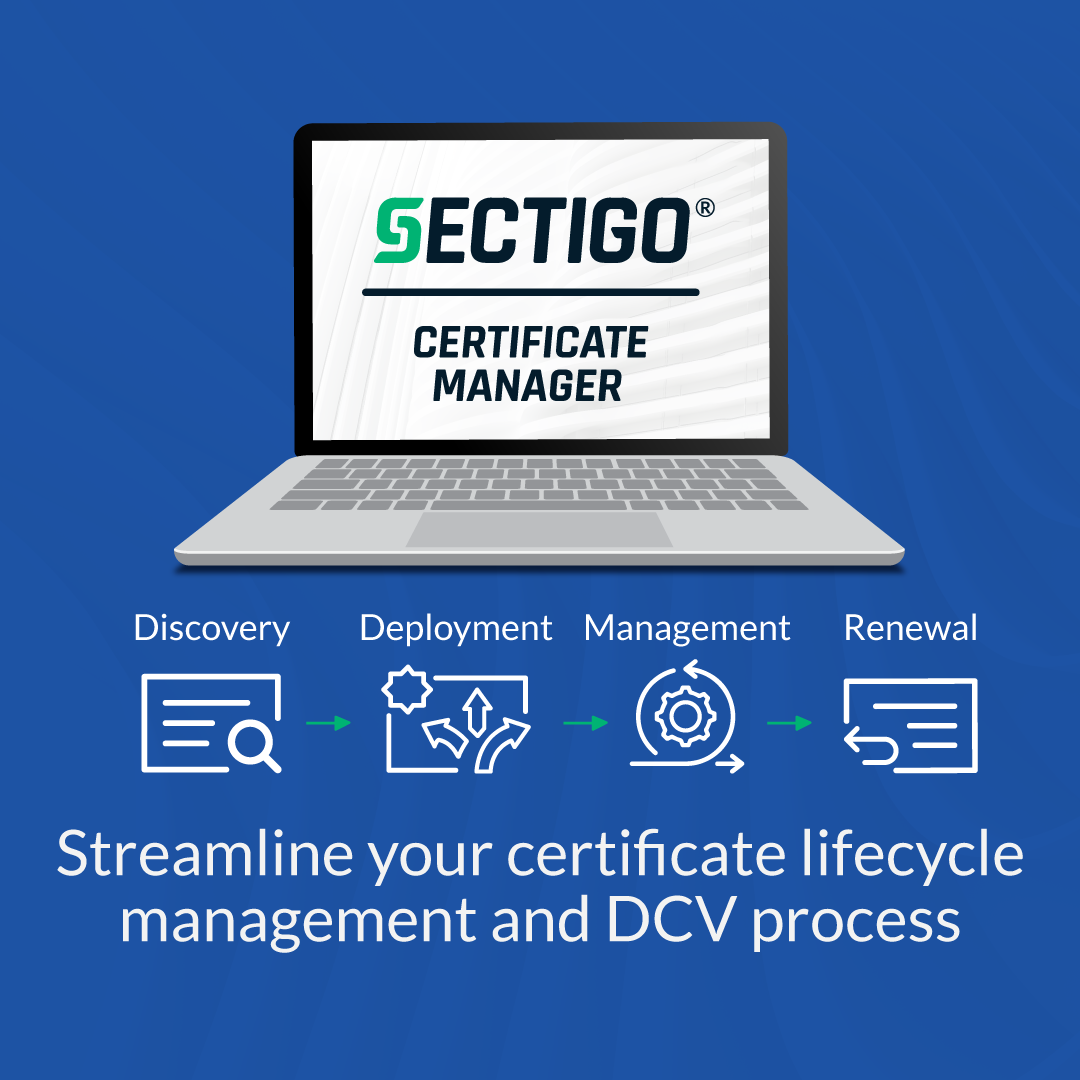
Domain Control Validation (DCV): Methods and Best Practices for SSL Certificate Verification
A domain control validation (DCV) process verifies domain ownership before a Certificate Authority (CA) issues SSL/TLS certificates. This critical security measure ensures certificates are only issued to legitimate domain owners, preventing fraud and protecting users.
Common DCV Methods:
Email Validation:
- CA sends email to predefined addresses ([email protected], [email protected], etc.)
- Domain owner responds with validation code or clicks verification link
- Works for all certificate types (DV, OV, EV)
- May not work with private domain registration
DNS Validation:
- Requires creating specific DNS TXT record
- CA verifies domain control by checking DNS records
- Ideal for DV, OV, and Wildcard certificates
- Generally not used for EV certificates
HTTP Validation:
- Upload text file to web server's root directory
- CA verifies by checking file presence
- Not recommended for Wildcard certificates
- Requires web server access
WHOIS Validation:
- CA compares application info with WHOIS database
- Primarily used for DV certificates
- Less common for OV/EV certificates
- Not available with WHOIS privacy protection

Cityscape showing domain control validation methods
Choosing the Right DCV Method:
Consider these factors:
- Domain type (single, multi-domain, wildcard)
- Domain configuration and access levels
- Required trust level
- Certificate type (DV, OV, EV)
- Use case requirements
DCV Process Steps:
- Select validation method
- Choose trusted CA
- Purchase certificate
- Complete verification process
- Install certificate
- Monitor expiration dates

Streamlined lifecycle and document validation process
Best Practices:
- Monitor validation emails
- Account for DNS propagation delays
- Verify file contents and locations
- Implement certificate lifecycle management
- Maintain accurate renewal tracking

Tim Callan headshot in collared shirt
DCV ensures trust and security in online communications by verifying domain ownership before issuing SSL/TLS certificates. Choose the appropriate validation method based on your specific needs and certificate requirements.
Related Articles

Root Causes: The 12 Critical Bugzilla Mistakes CAs Must Stop Making
